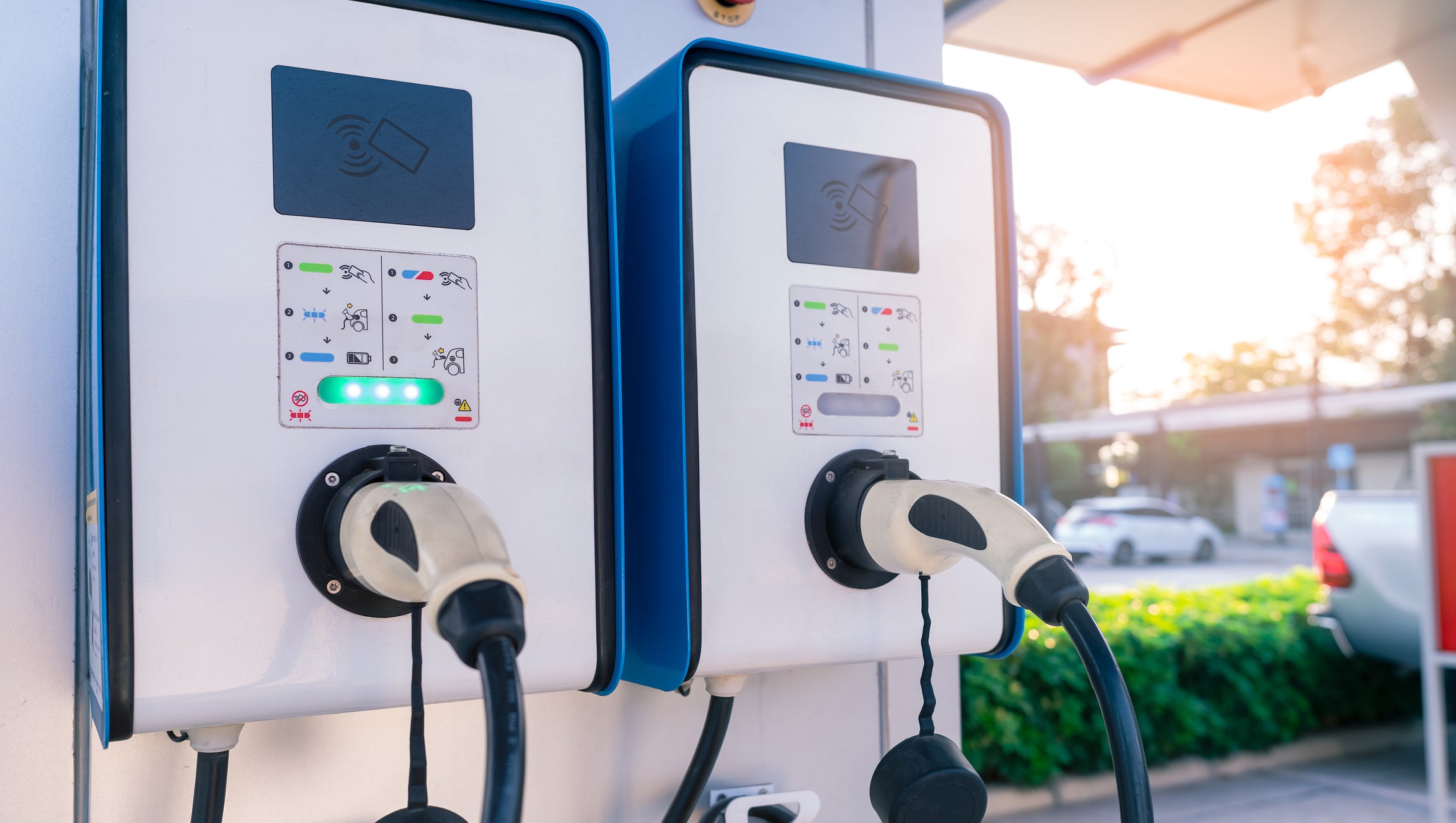This week I was able to get my level two home charger installed at my house. After a month of level one charging and occasional Supercharger use, I now believe that it’s the only way to go if you own an electric vehicle.
Two months ago, we purchased a Tesla Model Y long range for my wife to use as her primary transportation. While I plan to do an in-depth column about our entire experience with the car later, I wanted to update our readers on some growing pains we had in our first few weeks of ownership.
Charging situations have always been the elephant in the room in any EV conversation.
It is constantly listed as a top reason for people either selecting a traditional internal combustion car or even going back to one after EV ownership. Lack of access to chargers or expense of using public ones are valid reasons for sticking to petrol.
The naysayers bring a valid point of filling your gas car up in minutes as opposed to waiting seemingly forever for charging an electric vehicle.
For the first few weeks, we charged the car overnight with a level one charger. This charger was purchased with the car for $250. It simply plugs into the same outlet I plug my Christmas tree lights up to.
No special electrical outlets are needed outside a ground fault circuit interrupter. The problem is it was SLOW.
Charging roughly 2% an hour, it would recover the depleted battery if my wife just used the car to drive to work and back, which is about 20 miles of use a day. If we used the car to run errands on the weekend or go to dinner that evening, we would be running a deficit.
We also had to charge the car during peak time, which costs around 14 cents a kilowatt. These rates change throughout the year, but this is the rate we are paying now. We were paying roughly a dollar for her trip to work and back.
We usually had to remedy the deficit of charge on the weekend at the local Supercharger, which is about two miles from my house.
Superchargers are insanely fast, and we were seeing charging rates of 800 miles of range an hour. It would take us about 20 minutes to charge to fix the deficit and cost us about six dollars.
The rate for Supercharging is 26 cents a kilowatt at this station and is generally the most expensive way to charge outside of running a generator. Even though we ran a deficit, the state of charge has never dropped below 40% through the week, so it wasn’t like we were in any danger of being stranded.
We could have chosen to take my car out on the weekends instead of hers and been able to charge the car fully every day.
Fortunately, we just got our level two charger installed last week and switched to our power provider’s EV rate plan. I purchased a Tesla “Wall Connector” charger for $450 and my electrician installed it for $500.
The installation was more than typical because my electrical panel is far away from the driveway, and the wire costs about $5 a foot. My power provider will refund me $250 of this with proof of installation. The EV rate plan drops my kilowatt cost to two cents a kilowatt between 11 p.m. to 7 a.m.
I simply schedule the car to charge between those hours, and my wife leaves it plugged up when she gets home. Even though it is plugged up, it doesn’t charge until the scheduled time.
While the cost savings are nice, the speed that this thing charges is why I made the switch. We can charge up to 44 miles of range an hour when set to a 48-amp charging level.
What used to take us all night now takes half an hour while we sleep. No more Supercharger costs unless we are on a trip.
As I have said many times before, electric vehicles are not for everyone. We probably would have gone a different route if that was going to be our only car. I still own two other cars, an older gasoline vehicle and my daily driver, a hybrid, so we have options many people do not have.
If you live in an apartment or in an urban area with street parking, there is a good chance you will not be able to charge at home. While using public charging is certainly an option, it raises the cost to a level that isn’t cheaper than fuel, and may not offset the cost of the car.
Also, if you are renting a home and the landlord does not allow any modification, you will have to use a level one charger, which will limit the use of the vehicle to around 20 miles a day depending on model.
If you live in an older home, you may need expensive electrical upgrades to charge at the full amperage with level two charging. The way I charge requires a 60-amp breaker. Make sure whoever is doing the installation has done it before and is licensed/insured.
While home charging takes a bit of an investment and research in the beginning, it is nice to have a “gas station” in the driveway. Make sure you fully plan your EV ownership before you sign those papers. They aren’t a cure-all pill and are not for everyone.
As for me, I will see you on the road!












